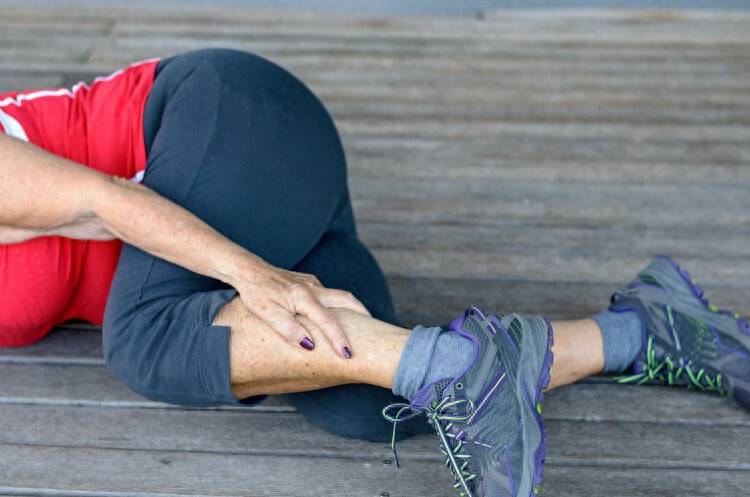
Title: The Connection Between Healthy Legs and Longevity Elderly gentleman Qin, in his seventies, is a social butterfly who loves community activities such as leading dance groups and singing.
Recently, he has been experiencing weakness, numbness, and cramps in his legs, which affect his dancing ability, sleep, and overall well-being. Believing it to be a calcium deficiency, he took calcium supplements for three months with no improvement.
However, after a visit to the hospital, it was revealed that Qin's symptoms were actually caused by peripheral arterial disease, a result of hardened blood vessels in his legs. The doctor advised him to manage his blood lipids carefully, keep warm, and prescribed medications for lipid control.

Most people associate leg cramps with calcium deficiency, but they can be a sign of other medical conditions.
1. The Connection Between Legs and Longevity: Legs play a crucial role in our overall health and longevity. They are our body's transportation hub, with 50% nerves and 50% blood vessels that connect the entire body's circulation. Healthy legs ensure efficient blood flow to vital organs and contribute to a strong heart. 2. Beware! These Leg Symptoms Could Indicate Underlying Conditions: 1) Leg Swelling and Numbness: Swelling and numbness in the legs can be caused by conditions such as heart disease, varicose veins, atherosclerosis, blood clots, hypothyroidism, adrenal gland disorders, and gout.
2) "Worm-like" Legs: Known as varicose veins, this condition occurs when superficial veins in the inner thigh become enlarged and twisted.

Without intervention, varicose veins can lead to circulation problems, swelling, pain, and even life-threatening blood clots. 3) Cold Feet: Cold feet can be linked to hypothyroidism, where reduced thyroid hormone secretion disrupts metabolism and temperature regulation.
4) Leg Cramps: Besides calcium deficiency, leg cramps can be caused by conditions like lumbar disc herniation, atherosclerosis, blood clots, and varicose veins. 5) Weak Knees: Weak knees can be associated with conditions like patellar softening, cerebral vascular disease, and lumbar disc protrusion, resulting in nerve compression and inadequate blood supply.

3. Starting Leg Exercises for Longevity: Taking care of our legs is a lifelong commitment that helps slow down the aging process and extend life. Rehabilitation therapist Li Yang from the Third Affiliated Hospital of Guangzhou University of Chinese Medicine recommends three exercises for elderly individuals to strengthen their legs and prevent falls: 1) Supine Hip and Knee Flexion: Lie down and slowly bend and raise one leg towards the head, then slowly straighten and lower it.
Do 5 repetitions for each leg, alternating sides, and perform two sets per day. 2) Straight Leg Raises: Lie down and slowly lift one leg off the bed, keeping the knee straight, and then lower it. Do 5 repetitions for each leg, alternating sides, and perform two sets per day. 3) Single-Leg Stand with Support Rail: Hold onto a support point (chair, rail, or wall) and slowly lift one leg, maintaining balance on the other leg.

Focus on the knee joint and exert pressure on the sole and toes. Hold for 10 seconds, do two sets per day. Before starting these exercises, elderly individuals should undergo a fitness assessment and discontinue if they experience chest tightness or headache during the training. Leg exercises should start now; it is never too late to begin physical activity.
Research from the National Cancer Institute in the United States suggests that exercising even in later years can be beneficial for overall health. Therefore, moving your body is advantageous regardless of age.




















